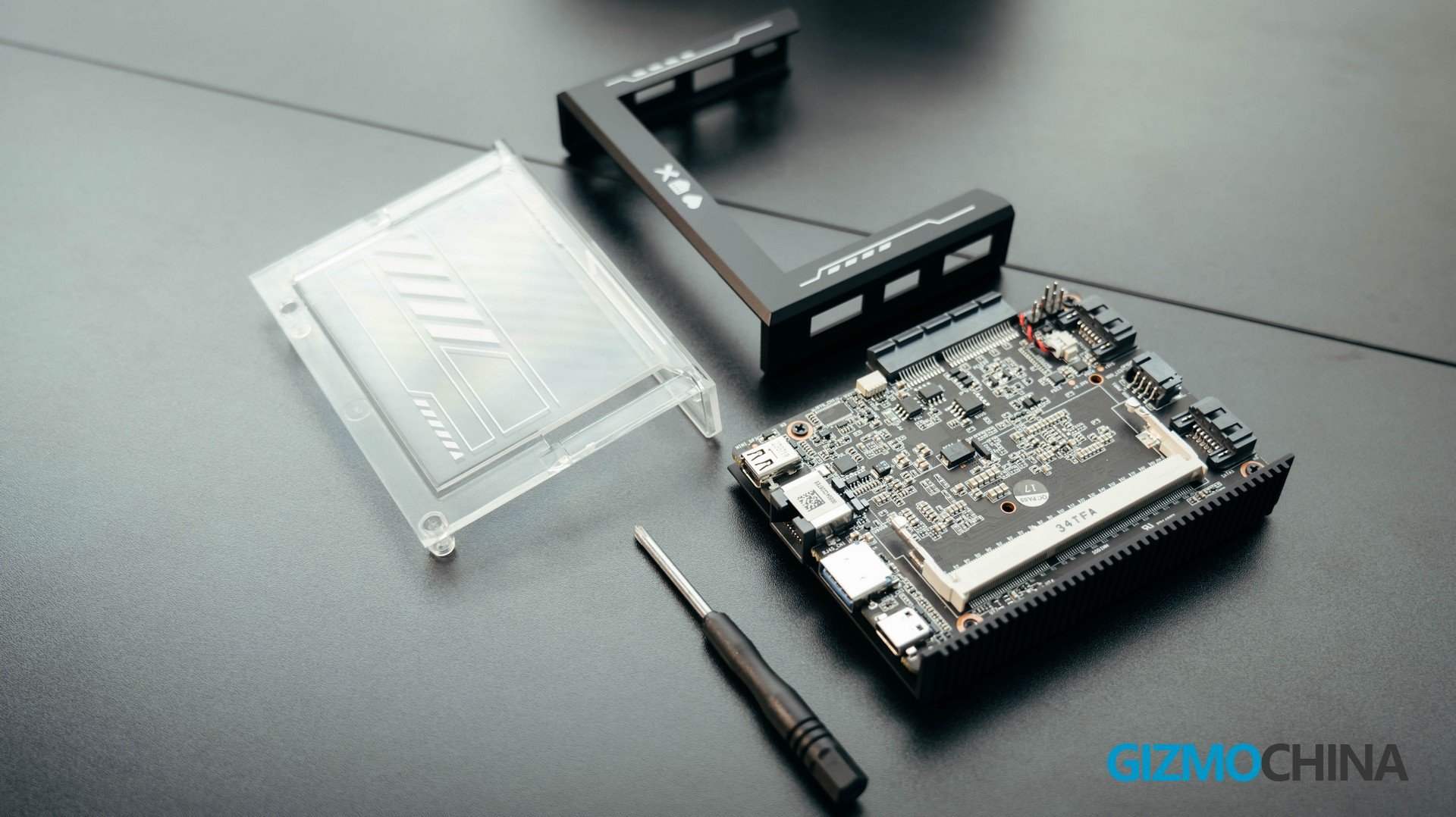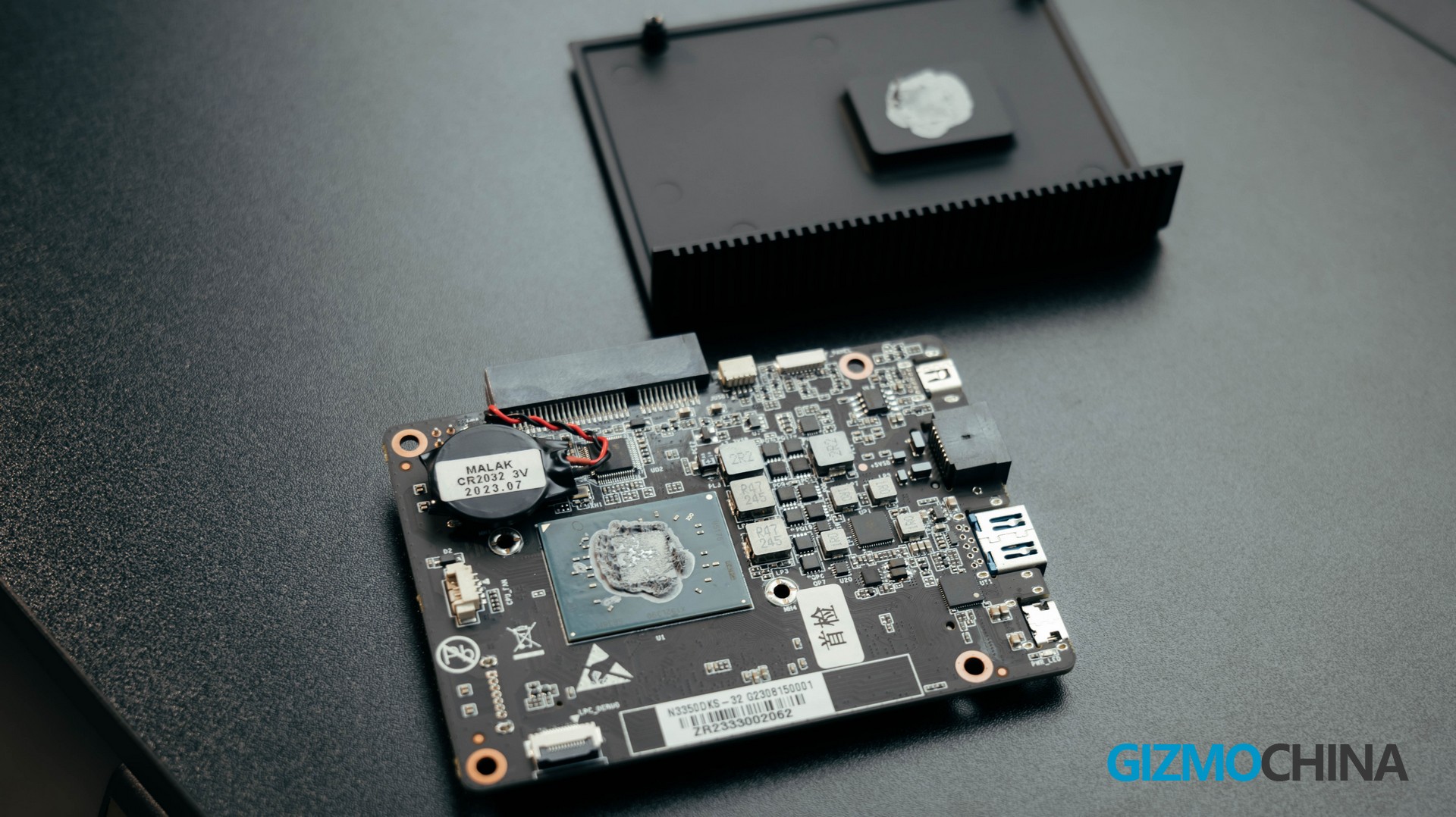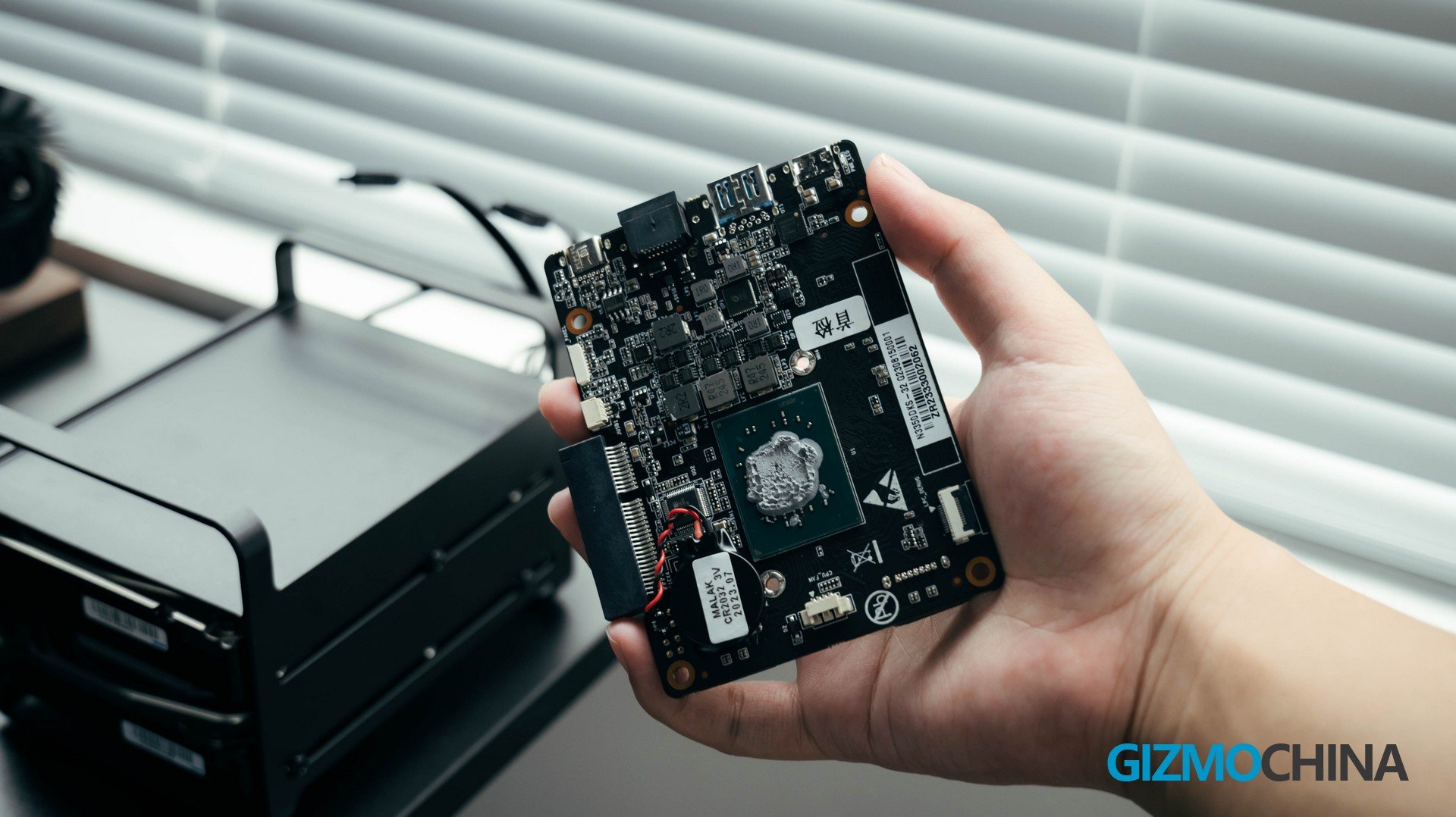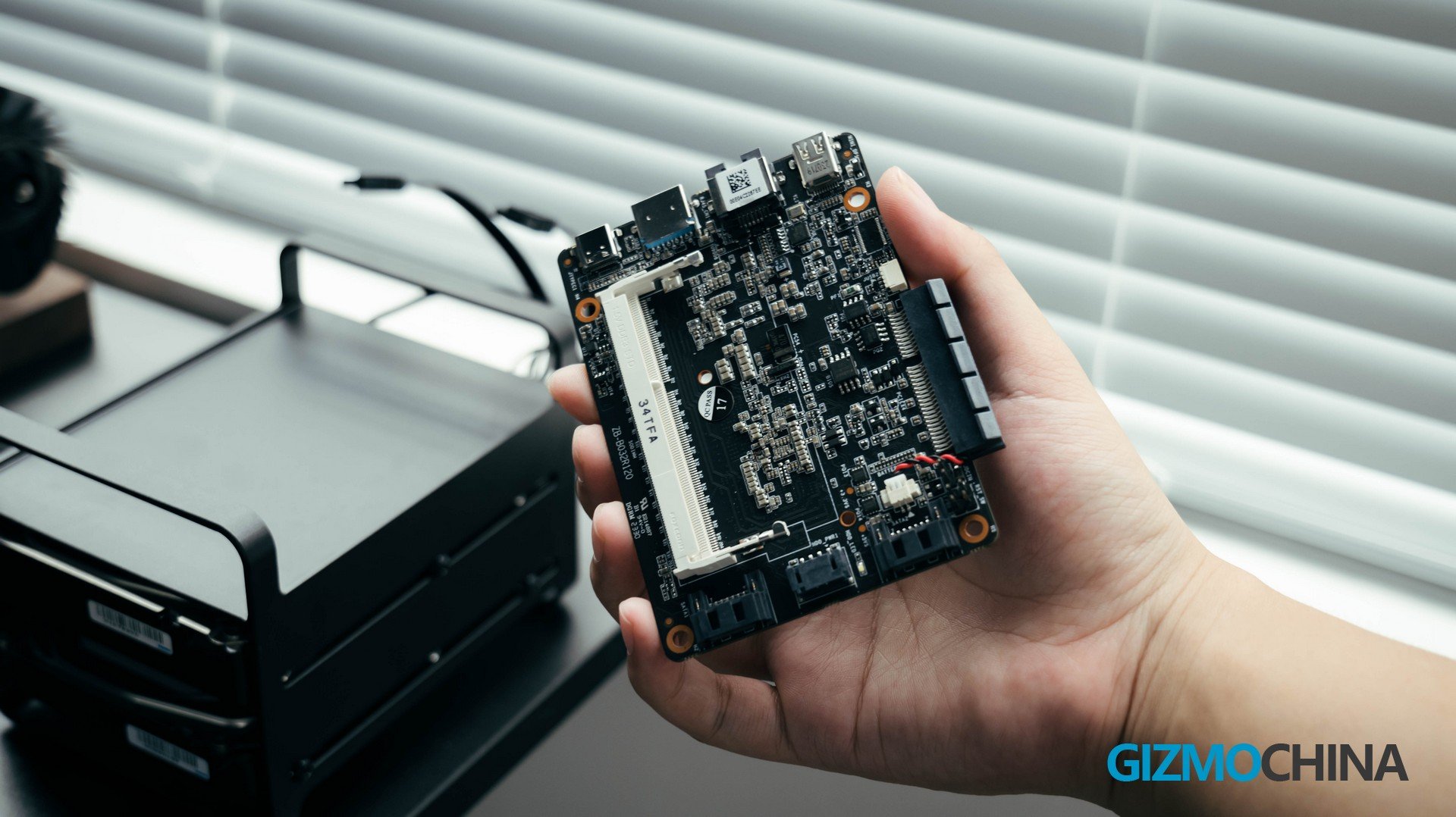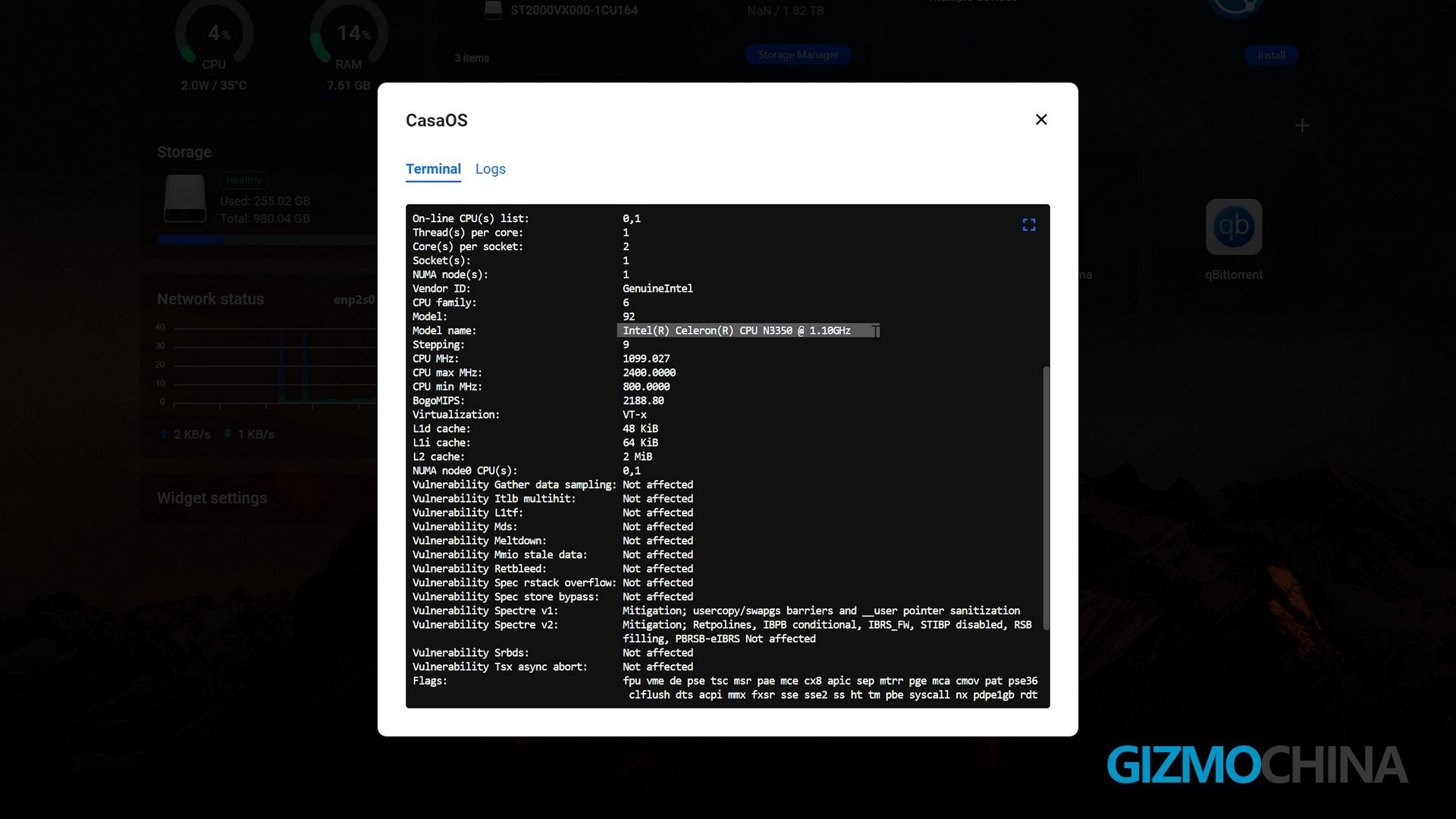ZimaBlade
Previously we have used and reviewed ZimaBoard, the world’s First Hackable Single Board Server with amazing possibilities. ZimaBoard, as a modularized Single Board Server, was truly impressive with its unique design and customizability. In the niche market of geeks, the ZimaBoard has been widely welcomed. But they don’t seem to want to stop there. The brand is taking it a step further with a tool more focused on protecting digital freedom, which is the ZimaBlade, another x86 personal server. It’s particularly designed for local execution and control of everything from file sharing and media playback to key management and encrypted P2P transmission. For a simple example, build up a private network storage with the NAS kit it offers.
The ZimaBlade is even designed in a more compact size, however, with more powerful performance and a more special look!
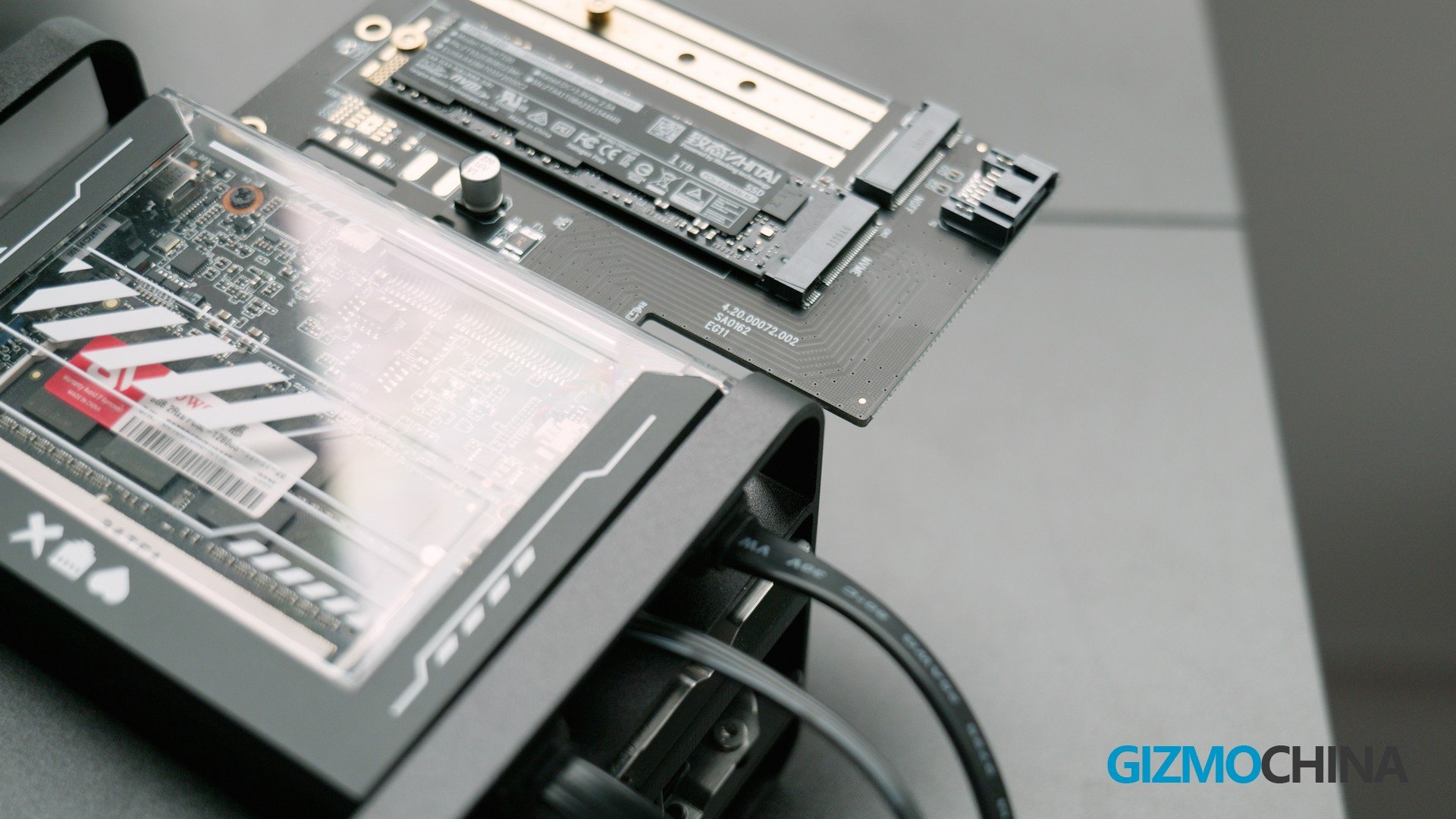
Unboxing
The packaging of ZimaBlade is unexpectedly small, similar to the size of some mobile phone charger boxes, which was hard to convince me at first that there was an x86 server inside. But it truly is. The whole package is in black design, with the product picture on the front, where it’s worth paying attention to the packaging and the three symbols. It reminds me of the Netflix animated series– Love, Death & Robots.
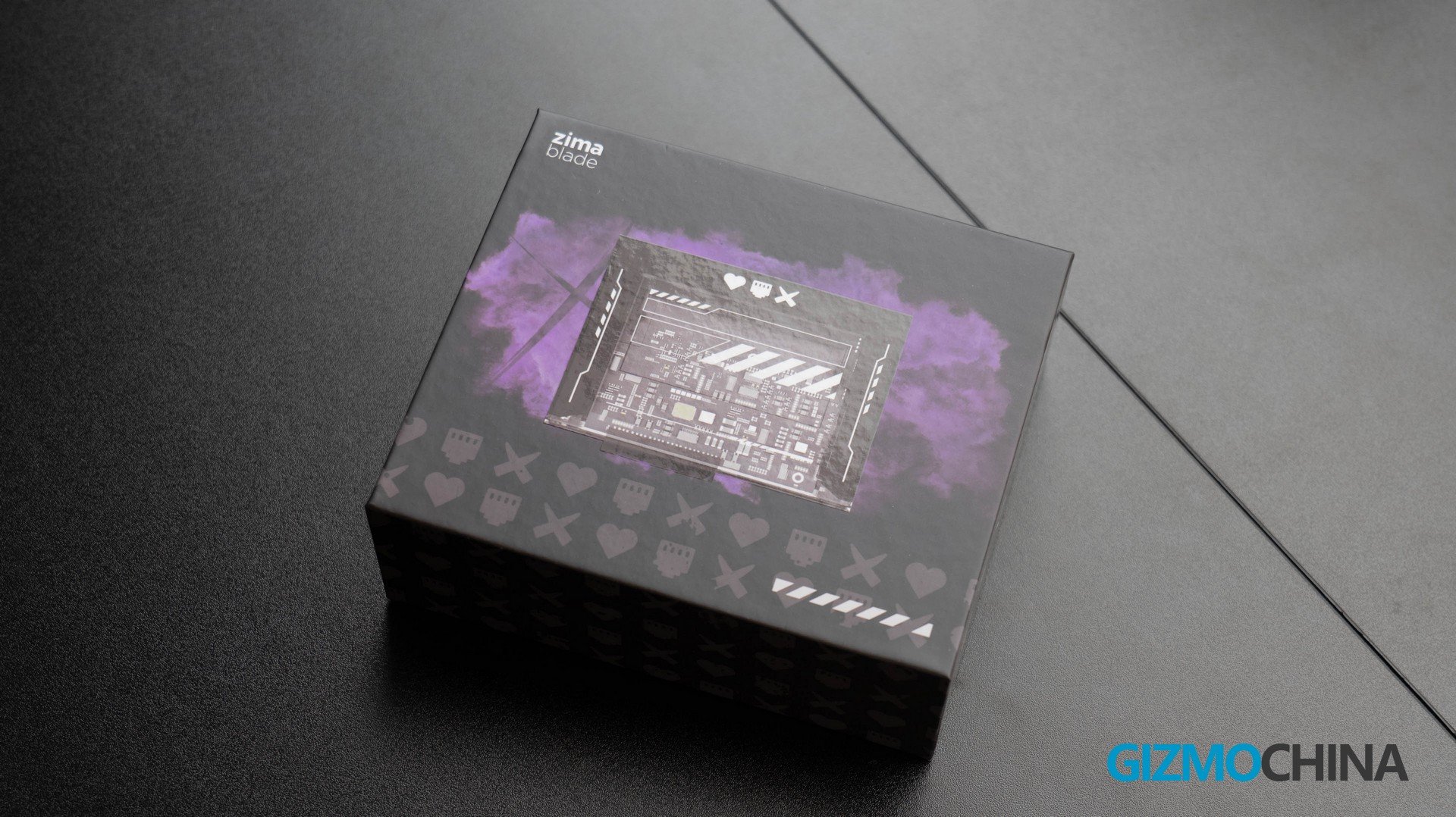
That’s pretty cool. Inside the package, apart from the machine, there is a SATA cable, a type-c power cable, a user manual, and two stickers.
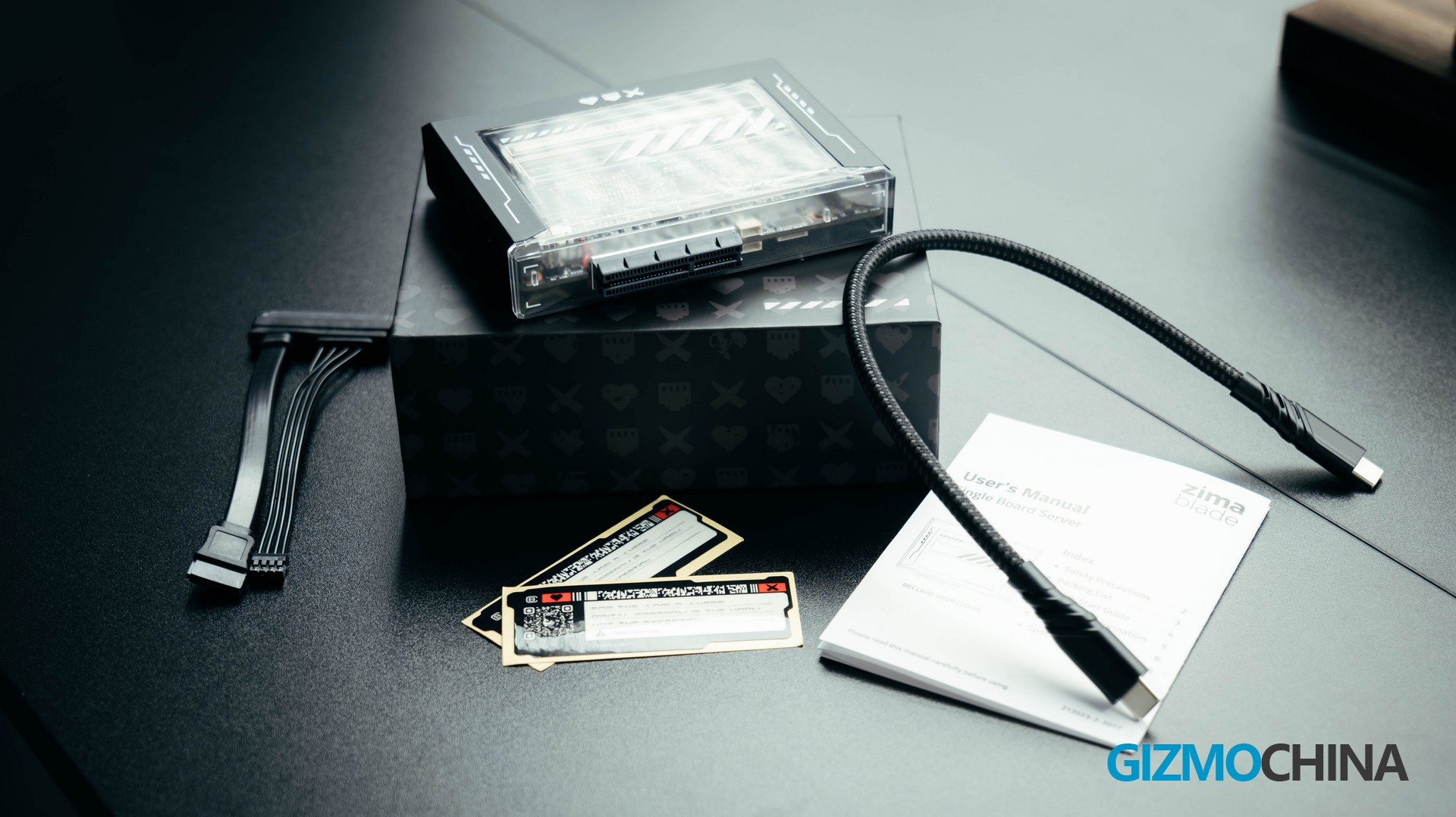
Design
ZimaBlade uses a solid card-like design. Two screws on the front to fix a transparent plate with a rugged, custom enclosure. You can clearly see the elegant PCB. The bottom and side of the enclosure use a whole piece of protecting metal, which has direct contact with the CPU for passive heat dissipation. This unique design balances the overall design aesthetics with practicality. I really like it as I can completely disassemble it in less than a minute and have very easy access to the ports and terminal on the motherboard.
In terms of connectivity and expandability, one side of the motherboard has a full-featured USB-C port, another USB 3.0 port, a 1GBE (Gigabit Ethernet) network port and a mini-DP port, while the other has two SATA 3.0 ports and a SATA Power port. The motherboard also provides two USB 2.0 terminals, and a 4-pin fan terminal. And of course, the most important is the pcie2.0 x4 Slot.
With the dual SATA 3 ports and PCIe slots, the ZimaBlade can provide wide expandability like creating a personal NAS with up to 154TB of storage and accessing data over either a Wi-Fi module or an Ethernet connection.
Also, in my eyes as a Desk-aesthetic fanatic, it’s probably the coolest device on my entire desktop – Well, ZimaBoard, you’re a close second.
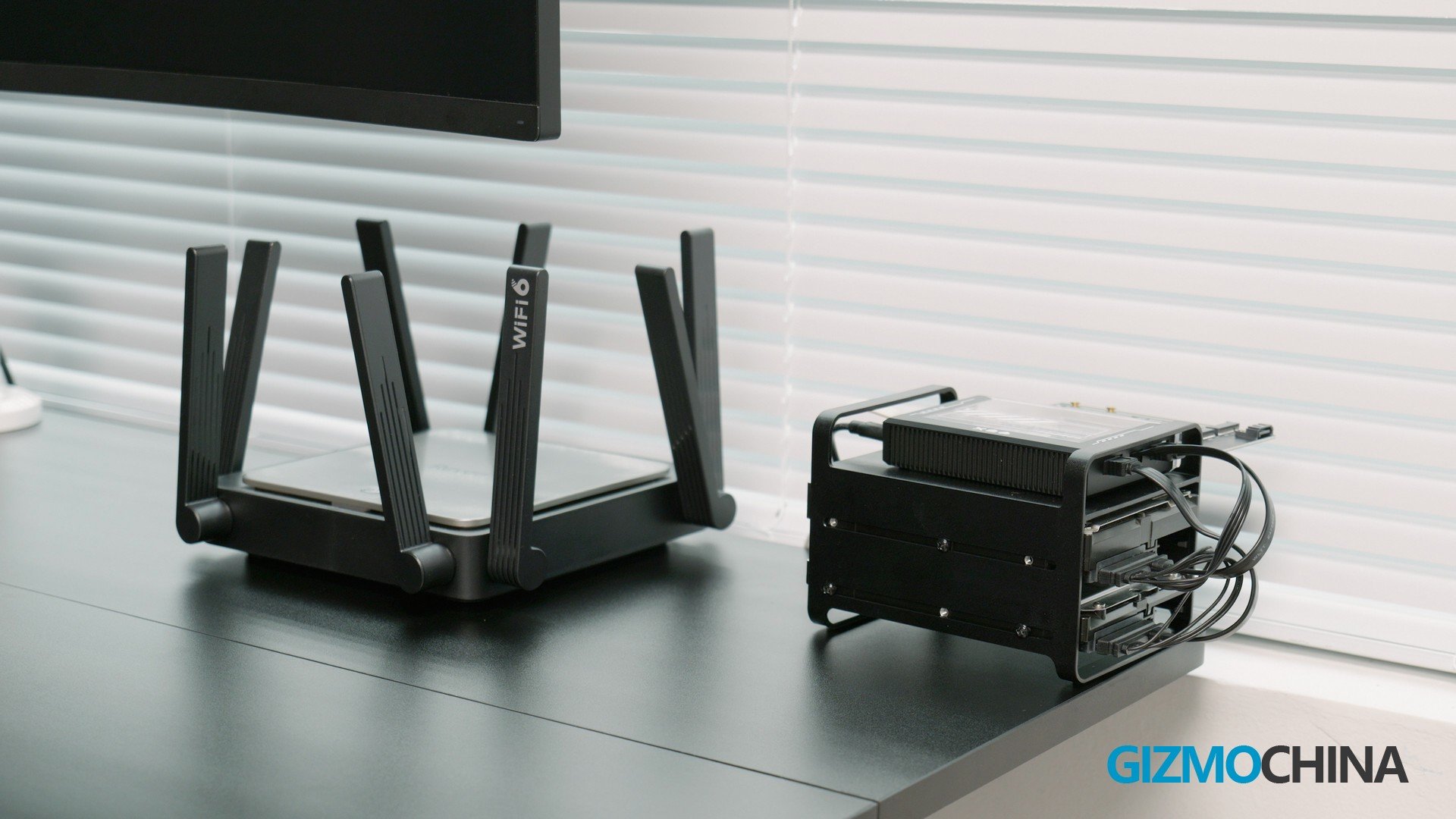
Connectivity/Expandability specs
– 1 x mini DP 1.2 (4K/60Hz)
– 1 x Full Function C-port (Display, data, power support)
– 1 x Gigabit Ethernet port
– 1 x USB 3.0 Type-A
– 2 x USB 2.0 Type-A
– 2 x SATA 3.0
– 1 x PCI 2.0 x4 Slot
– 1 x SODIMM slot, compatible with 16 GB DDR3L RAM max.
– Build-in 32GB eMMC Storage
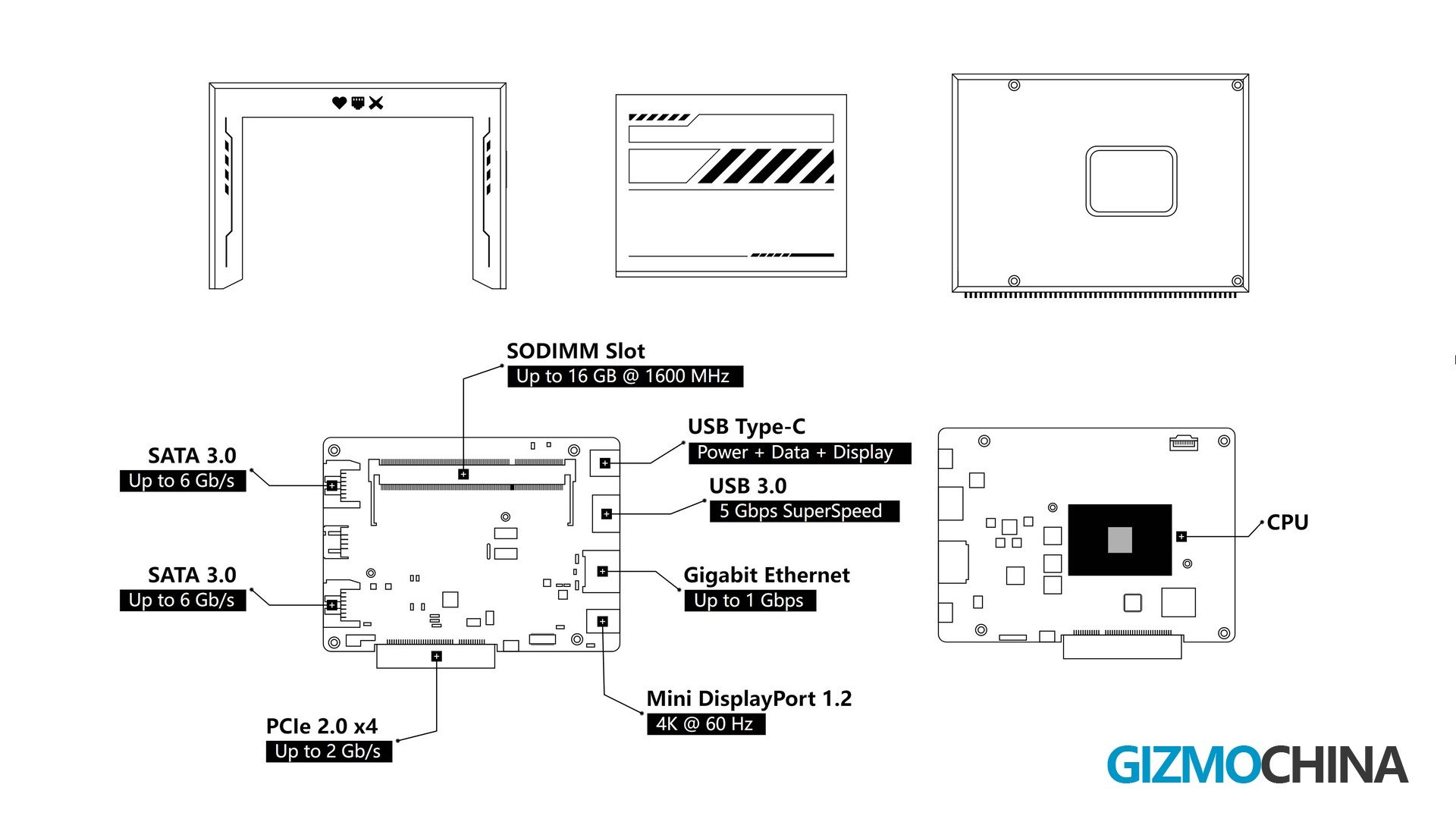
Performance
The ZimaBlade gives a wide range of options. The version I got is a basic variant – ZimaBlade 3760, powered by an Intel® Celeron N3350 dual-core processor. Apart from the dual-core model, there are also qual-core variants for options, powered by Celeron J3455 or E3950.
Focusing back to the standard N3350 processor. It has a good and stable performance in terms of network packet forwarding, personal storage, and working as a web server. It’s worth noting that the ZimaBlade is officially available in an off-system version, and with the sodimm slot on the motherboard, it can be fitted with up to 16GB of DDR3L RAM, which means that the ZimaBlade is more than capable of running multiple dockers.
I also tested the ZimaBlade’s cooling performance by configuring the ZimaBlade for use as a NAS and copying 80GB files over the LAN-connecting network. The surface temperature of the ZimaBlade was around 45°C, which is a very good result, but of course, if you are in a hot area, installing an external fan via the 4-pin connection or increasing the passive cooling area is a wiser solution.
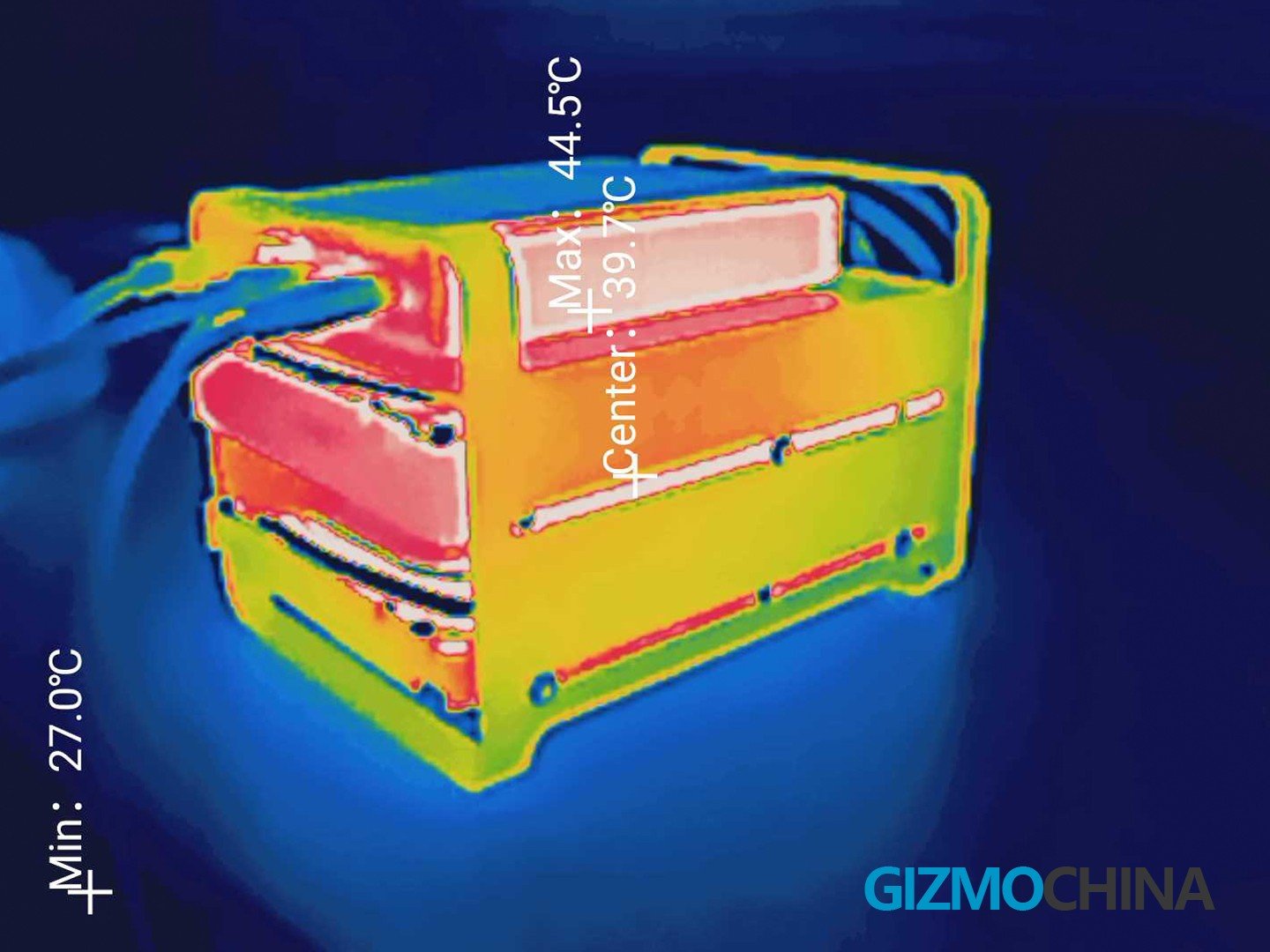
CasaOS
ZimaBlade comes pre-installed with CasaOS (Based on Debian), which is a lightweight open-source home automation system. When used with ZimaBlade, you can deploy multiple Docker apps with a single click from the CasaOS app shop, which allows you to configure ZimaBlade as a home server with no complicated setups and no command line.
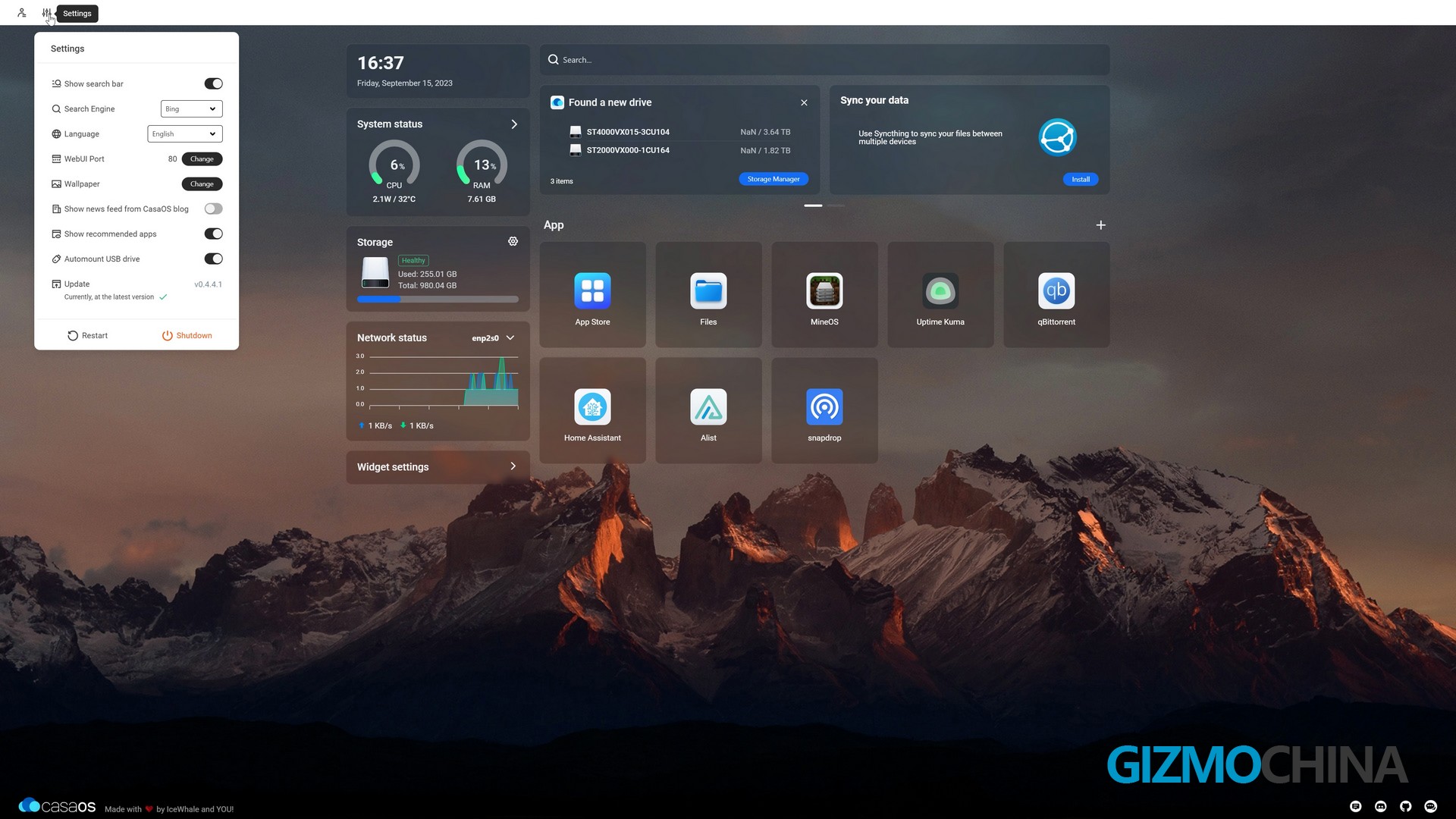
Of course, CasaOS also supports adding repositories and installing third-party applications. ZimaBlade with casaos is perfect as a first personal server for entry geek users. And the brand’s Discord server has over 12,000 members who are participating in discovering all the possibilities from the ZimaBlade series. If you’re learning how to build your own digital security and personal servers, that should be a good club for learning.
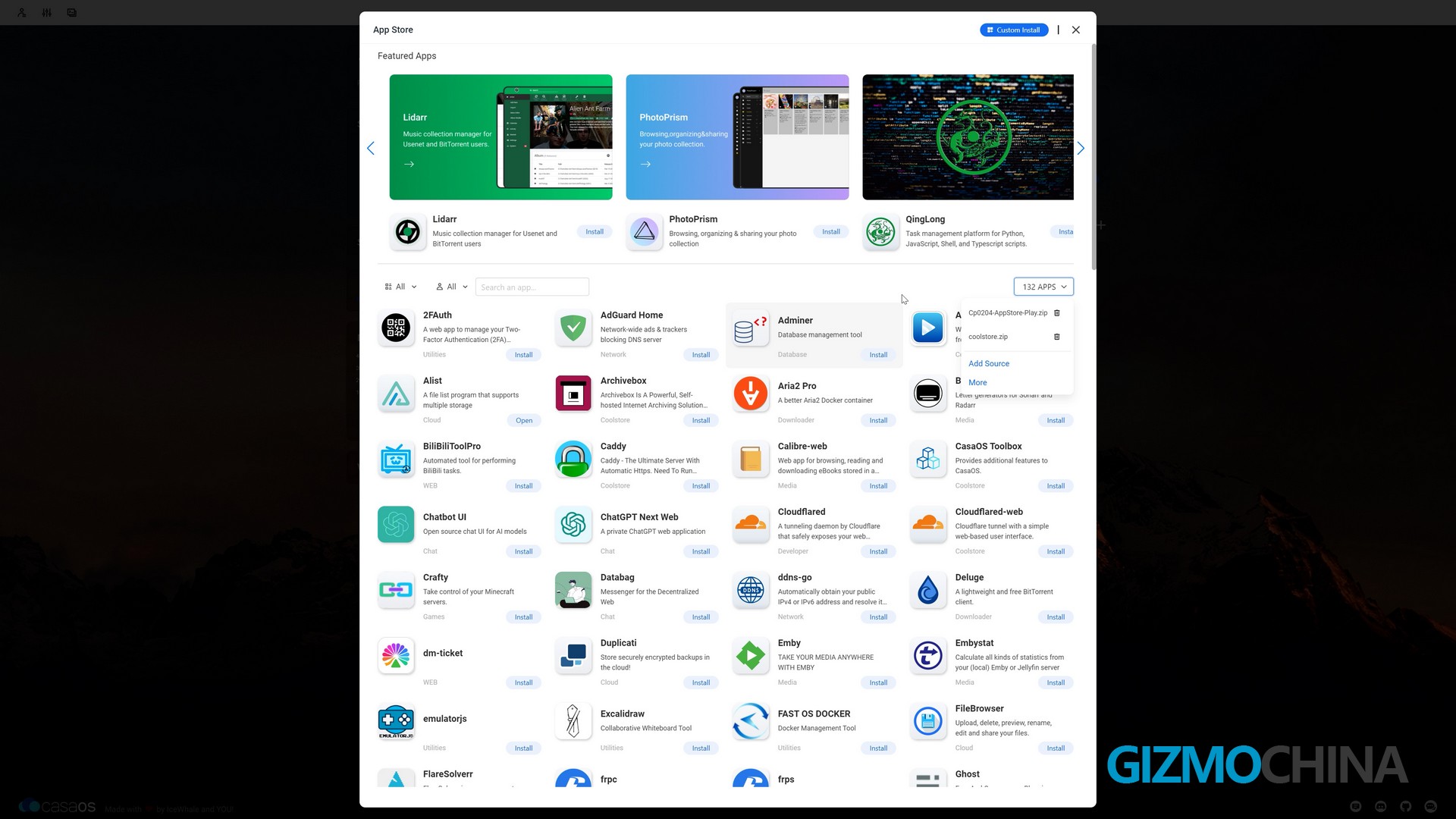
Or if you’re tired of secondary customization or modification, the over 20-pre-installed apps and 50+ verified apps also can boost your experience with the ZimaBlade. You can easily access downloaders, data management, entertainment, utilities and so on.

Pcie Slot
The ZimaBlade offers a Pcie 2.0 × 4 slot. If you want to set up NAS, the Pcie to 5-port SATA III Adapter can support connecting a 100TB+ (Max. 154TB) hard drive to store your data securely locally. If you use PCIe to 4-Port 2.5G Ethernet Adapter, you can use ZimaBlade as a hardware router or Video monitoring server.
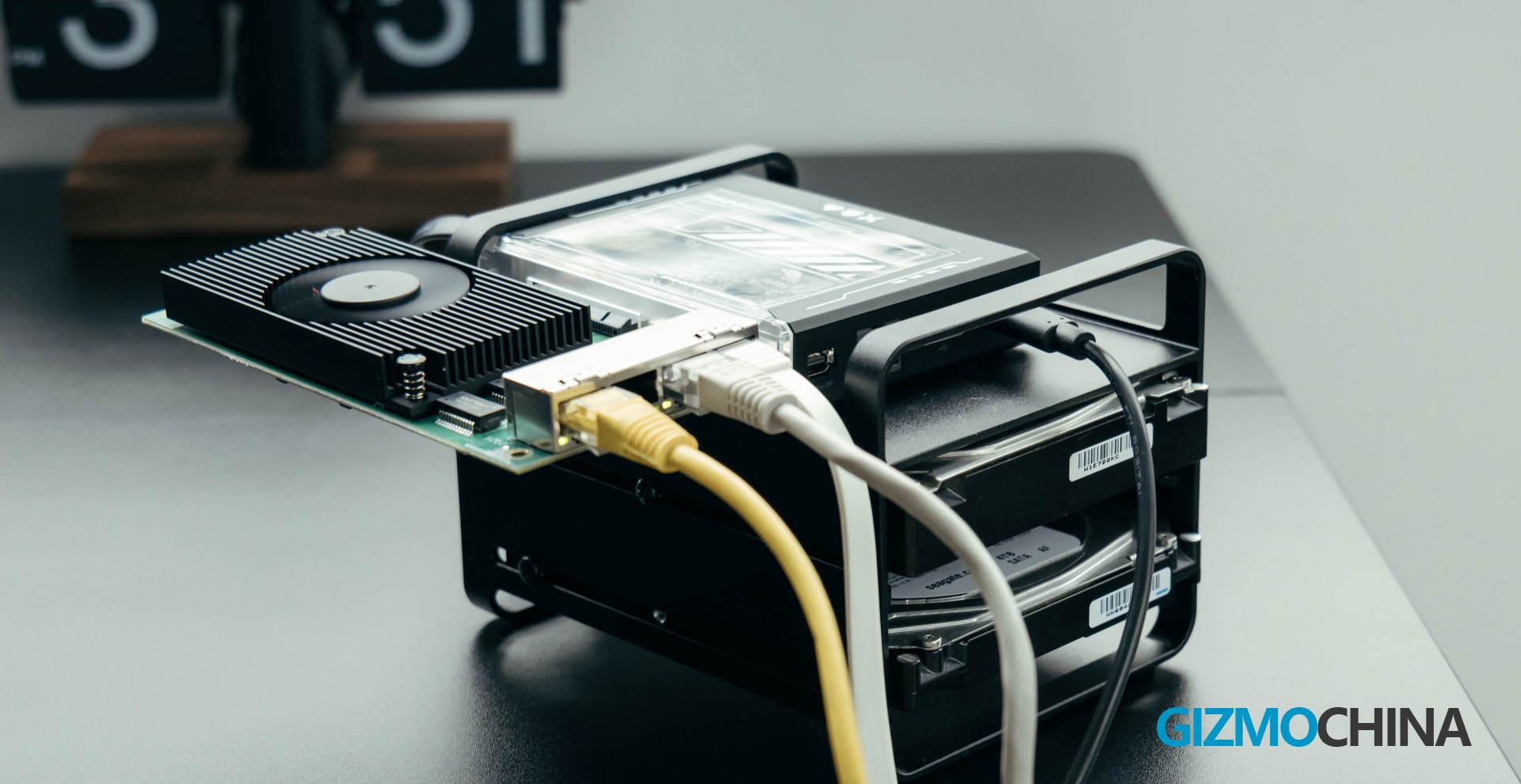
Of course, if you need higher transfer speeds, ZimaBlade also supports 10G Ethernet Adapter and NVME Adapter.
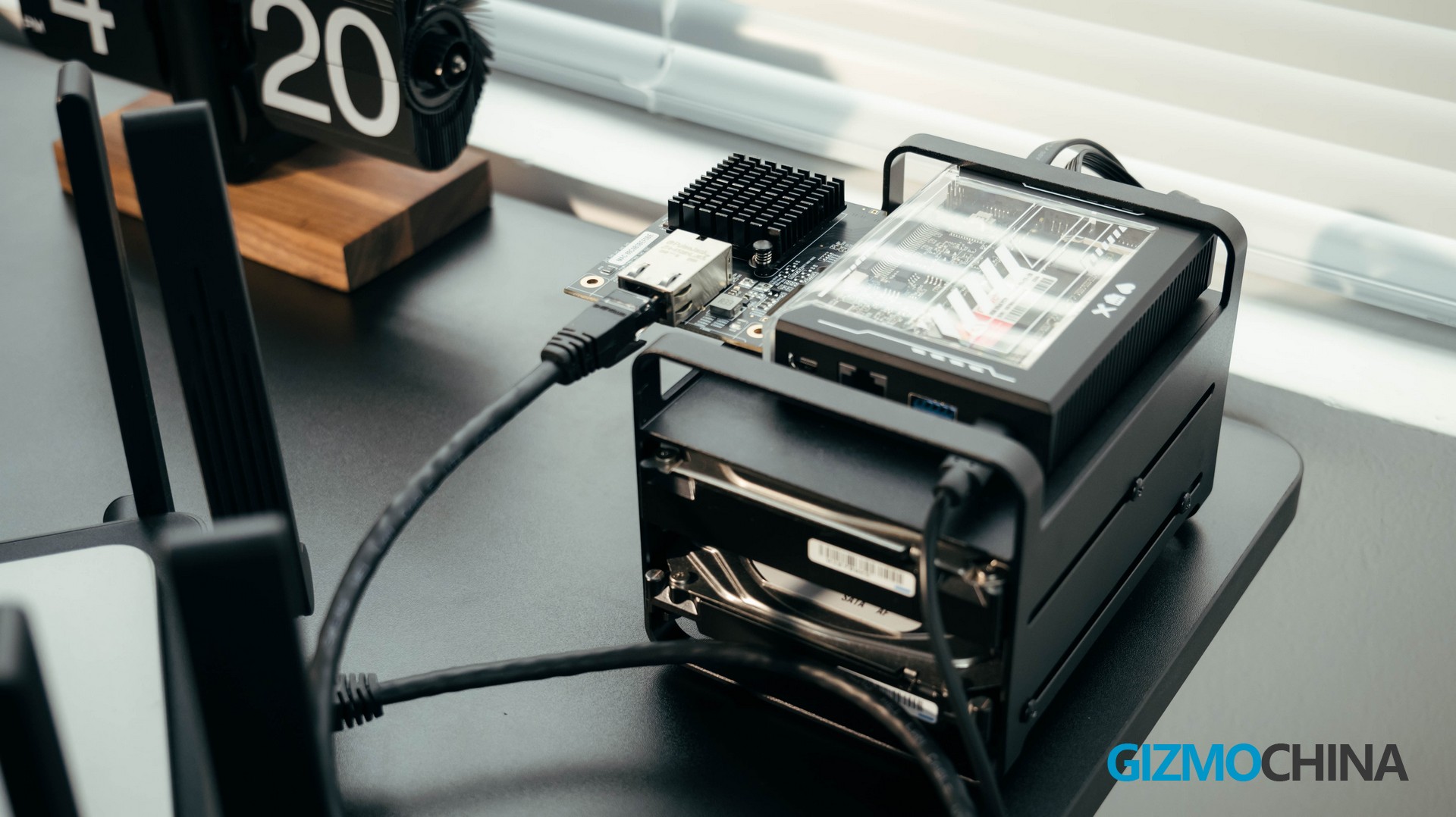
Anyway, all these accessories and modules from ZimaBlade’s official website are pretty recommendable, as all of them should have been verified for compatibility.
By far all the modules we collected from the official store have worked pretty well without any problems. Here’re all the modules and adapters we tested and recommended for the ZimaBlade players:
- m.2 NGFF TO PCIE
- PCIe to 4-Channel USB Adapter
- PCIe×4 to 10 Gigabit Ethernet
- PCIe×4 to 4-Port 2.5 Gigabit Ethernet
- PCIe to 5-Port SATA Adapter
Conclusion
The ZimaBlade’s great look and expandability are unmatched by any other mass-productive device in its class, and another important message we want to share with you is that the ZimaBlade has better performance than Raspberry Pi. At the same time, considering the prices as low as $64, we couldn’t find any reasonable alternatives for it. At least for the moment, the ZimaBlade is perfect as a first personal server for entry-level geeks.
If you’ve been a bit excited about the ZimaBlade, we really recommend you check out the link here to learn more.

